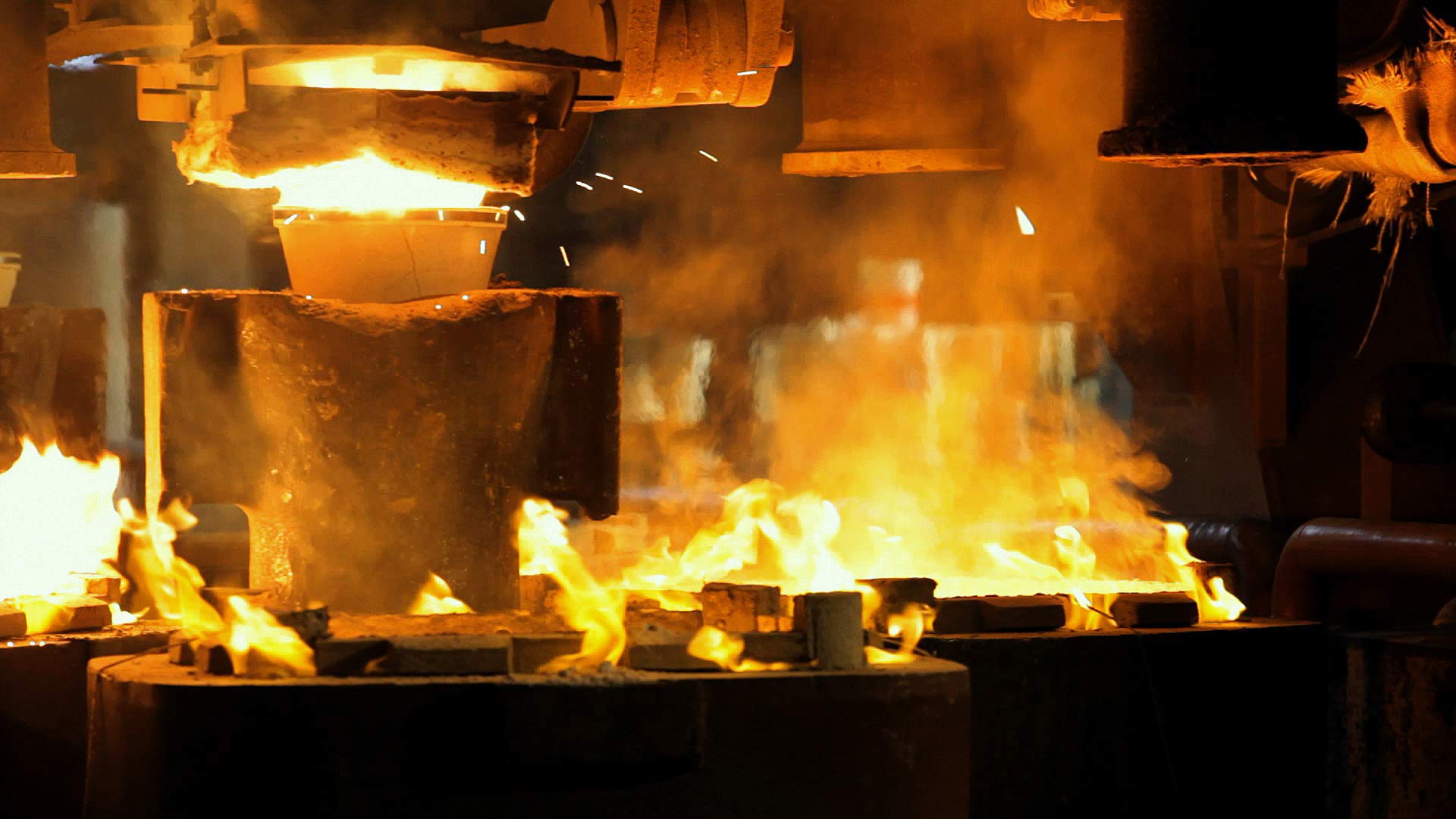Choose the measure unit in which display the data:
Valbruna Grade
REVAL® AISLN
Steel type
Austenitic Stainless Steel
Description of material
REVAL® AISLN is a low Carbon and high Nitrogen austenitic stainless steel with low temperature toughness and higher strength than the typical 304/304L grades.
Applications
REVAL® AISLN is suitable for the fabrication of many products such as flanges, fittings, valves, bolting, pump shafts and many organic chemicals and parts working in mild to medium corrosive environments. In addition, this grade is widely used in pressure vessels, chemical and petrochemical and petroleum refining plant.
Melting practices
Argon Oxygen Decarburization
Corrosion resistance
REVAL® AISLN is resistant to fresh water, many organic chemicals and inorganic compounds, atmospheric corrosion, rural applications and sterilizing solutions where the chloride is low. Pitting and crevice corrosion may occur in chloride environments if concentration, pH and temperature are at determinate levels. As with other standard austenitic grades, REVAL® AISLN suffers from stress corrosion cracking about forty degrees (C°) above room temperature and above certain levels of stress and halogen concentration. Very strain hardened structures increase the risk of stress corrosion cracking. In aggressive mineral acid and hot alkaline solutions, REVAL® AISLN doesn’t provide a suitable corrosion resistance but offers a better pitting and crevice corrosion than the typical 304/304L series .It should be noted that this grade, as for every kind of stainless steel, surfaces should be free of contaminant and scale, heat tint, and passivated for optimum resistance to corrosion.
Cold working
REVAL® AISLN is readily fabricated by cold working operations such as cold drawing and bending, but should only be used for a moderate amount of cold heading, because its chemical balance does not allow it to obtain a soft strain hardening structure after cold deformation, due to a high CWHF (Cold Working Hardening Factor) mainly due to its high Nitrogen content. This could result in rapid die wear.
Machinability
Austenitic grades are different from Ferritic and Alloy steels and require more rigid and powerful machines in addition to the correct choice of tools, coatings and cutting fluids. The Austenite structure is prone to transform in to α’Martensite caused by strain hardening of the tool on the surface of the machined piece. The knowledge of this behavior must be correctly considered when a piece requires two or several cutting steps to be finished. The layer of α’Martensite is very hard and, if the subsequent turning or milling processes work on this hardened layer, a rapid tool wear could happen. The tool must work under this layer. Even if the structure of REVAL® AISLN is slightly micro-resulphured and offers a little advantage in chip breaking ability, the strain hardening effect due to Nitrogen strongly influence some kinds of operations.
Weldability
REVAL® AISLN has a special chemical composition which helps to avoid solidification cracks in the fused-zone of autogenous welds due to a suitable Ferrite balance. AISLN can be welded without PWHT due to its low carbon content which avoids the precipitation of Cr-Carbide on the grain boundaries. However, in the case of aggressive environments or of the risk of stress corrosion, a PWHT should be considered. In the case of filler metal welding, a filler with a matching composition of AISLN is recommended to maintain weld steel properties.
Hot working
REVAL® AISLN offers a very good hot workability and is usually supplied as billets, blooms, or ingots. No preheating is required. In Primary hot transformation processes, a high temperature homogenization of large ingots and dynamic recrystallization parameters should be rightly evaluated. In the case of open die forging of large ingots and shapes, REVAL® AISLN offers a good hot plasticity if a suitable soaking and a right temperature are applied. In Secondary hot transformation processes, such as extrusion, rolling or close die forging, temperatures, strain and strain rate should be well considered because they influence the properties of the austenitic structure. Suitable strain in terms of section reduction ( for instance: 15-30%) at a lower range of hot working temperature is recommended in order to obtain a fine grain austenitic structure which is very important for mechanical, fatigue and corrosion resistance properties and makes it easier for ultrasonic testing to detect small indications as required by several International Norms. Small forgings can be cooled rapidly in air or water.
Designations
| AISI | 304LN |
|---|---|
| W.N. | 1.4311 |
| UNS | S30453 |
| EN | X2CrNiN18-10 |

